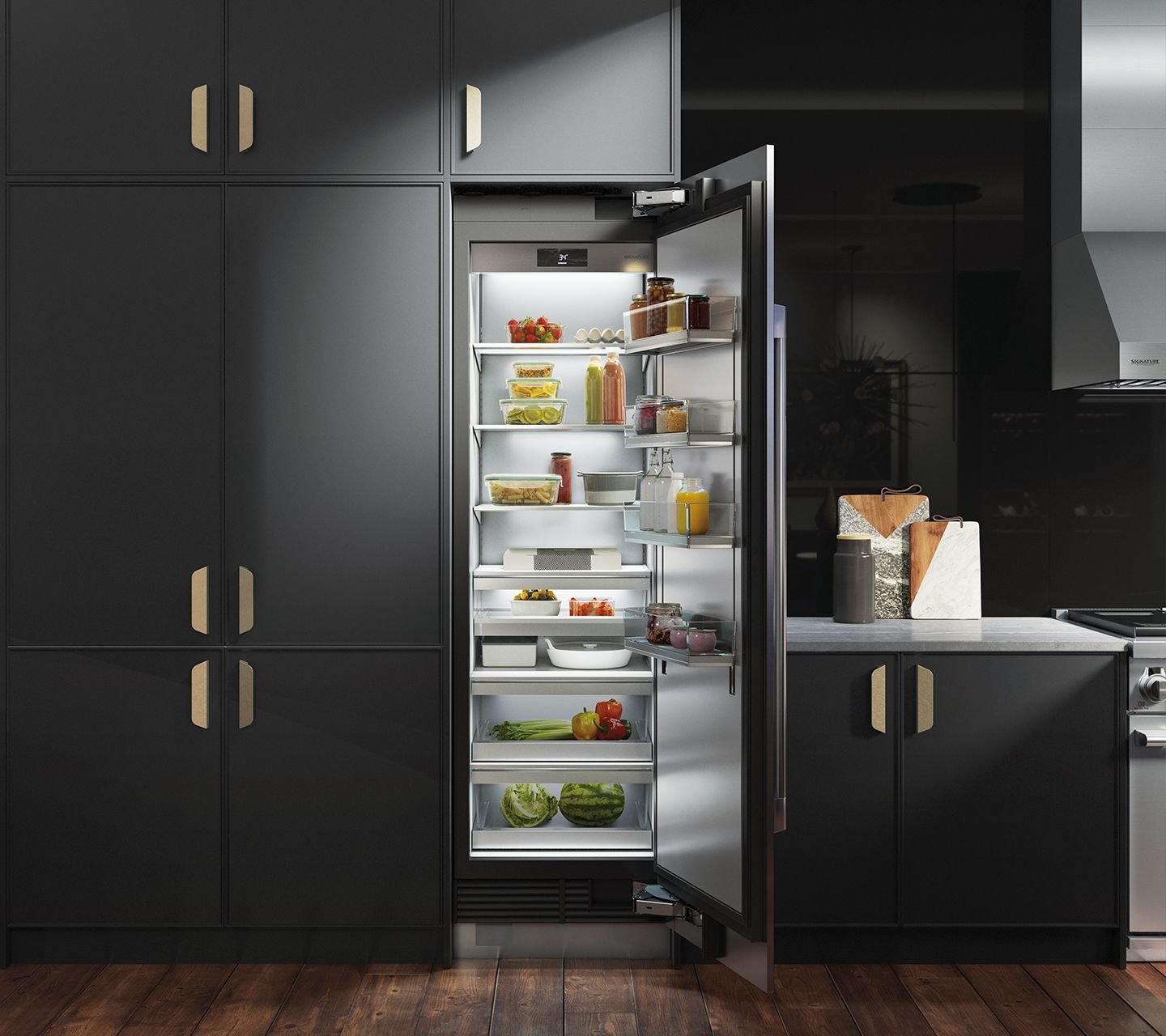Embrace the joy of kitchen spontaneity with a recipe that celebrates resourcefulness and flavor.
Ever found yourself standing in the kitchen, contemplating dinner with a mix of ingredients that seem to be the last survivors in your pantry? Welcome to the land of culinary improvisation. Today’s star: a recipe that began with three forlorn chicken breasts, a can of petite diced tomatoes, and a handful of other odds and ends that somehow come together into something magical—a hearty, veggie-laden chicken soup that defies the ordinary.
So, grab your Dutch oven, gather those essential tools, and let's dive into a flavorful expedition where a splash of white wine, a heap of spices, and a generous dose of patience will transform these humble ingredients into a comforting masterpiece. We might bend a few rules along the way (who needs a meat thermometer, anyway?), but trust us, it’s all in the pursuit of flavor.
Ingredients:
3 chicken breasts or 6 chicken thighs, boneless and skinless
Large can petite diced tomatoes
1 onion, chopped
1/4 cup butter
1/2 lb white mushrooms, cut
1/4 cup white cooking wine
4 cups chicken broth
1/4 cup instant mashed potatoes
1 teaspoon marjoram
1 teaspoon parsley
1/2 teaspoon basil
1/2 teaspoon rosemary
Salt and pepper to taste
Tools:
Dutch oven
Tongs
Serving spoon or ladle
Measuring cups and spoons
Knife
Cutting board
Can opener
Forks
Plates
We're going to break the pattern here and assume your produce has already been cleaned. Surely, by now, you're tired of us telling you to wash things...
Melt your quarter cup of butter in the Dutch oven over medium heat and drop the chicken in to brown a little. This recipe works better with chicken thighs, but when we shopped, there weren't any in stock. (We thought we were out of the age of shortages and supply issues, but what do we know?) So, instead of thighs, we just used the three sad, neglected chicken breasts we had left in the freezer.
It's important to note that you don't have to cook the chicken all the way through at this step. We'll be shoving it into the oven later on, so don't bother with the meat thermometer this time. We just want the outside to get a little color and flavor, since that will help build the base later on.
Once the chicken begins to brown, use the tongs to pull it and set it to the side on a plate.
Toss the mushrooms, onions, and spices into the Dutch oven and put the lid on. Let them cook for four minutes or so, then lift the lid and stir. We ended up cooking them for closer to eight minutes, but we started with some pretty huge pieces of onion. You're using the onions as your marker for how long to cook everything, so if you want less time, chop your onions smaller.
Once the onion is translucent, splash the cooking wine in. Let it simmer and reduce uncovered for two or three minutes, stirring occasionally.
Time to add the tomatoes and chicken broth. Don't drain the tomatoes. Just stir them in to make sure they're somewhat evenly distributed. Then, return the chicken to the pot, put the lid on, and move it all to the center rack in the oven.
Allow it to come up to temperature with the oven. Set it to 450, and then set a timer for three hours. At this point, you're free to find another task to take care of.
When the timer goes off, move it back to the stove top. Take two forks, lift the chicken pieces out onto a plate, and let them cool down a little.
Sprinkle your quarter cup of instant mashed potatoes into the broth a little at a time, stirring gently to prevent the potato flakes from sticking to the veggies instead of melting into the broth. You want to thicken up the broth, not create a congealed mass.
Go back to that chicken and shred it to bits, then stir it back into the pot.
You now have a veggie heavy, hearty chicken soup. Enjoy!
And there you have it—a robust, flavorful chicken soup born from a handful of ingredients and a dash of kitchen ingenuity. As you savor each spoonful, let this meal be a testament to the delicious possibilities that emerge when culinary creativity meets necessity.
Remember, while we revel in concocting delightful dishes, our kitchens rely on our appliances to bring these recipes to life. Should your stove, oven, or any major appliance find itself in need of a little TLC, ARS is here to ensure your culinary adventures never hit a snag. Whether it’s a simmering soup or a baking extravaganza, our team specializes in keeping your appliances in top shape so you can continue creating delicious moments.
Don’t let a malfunctioning appliance dampen your kitchen enthusiasm. Reach out to us today to schedule a maintenance appointment through our user-friendly website or by giving us a call at ((214) 599-0055). Let’s keep your kitchen humming smoothly, allowing you to focus on what you do best—crafting culinary wonders that warm the soul and delight the taste buds.
Until our next flavorful rendezvous, happy cooking!



























